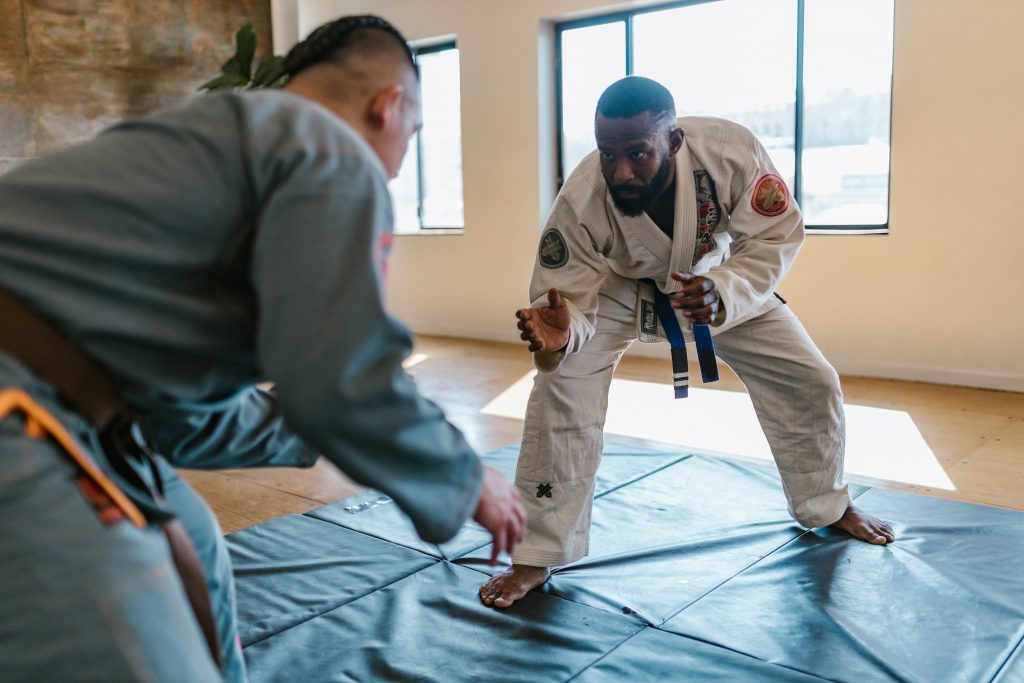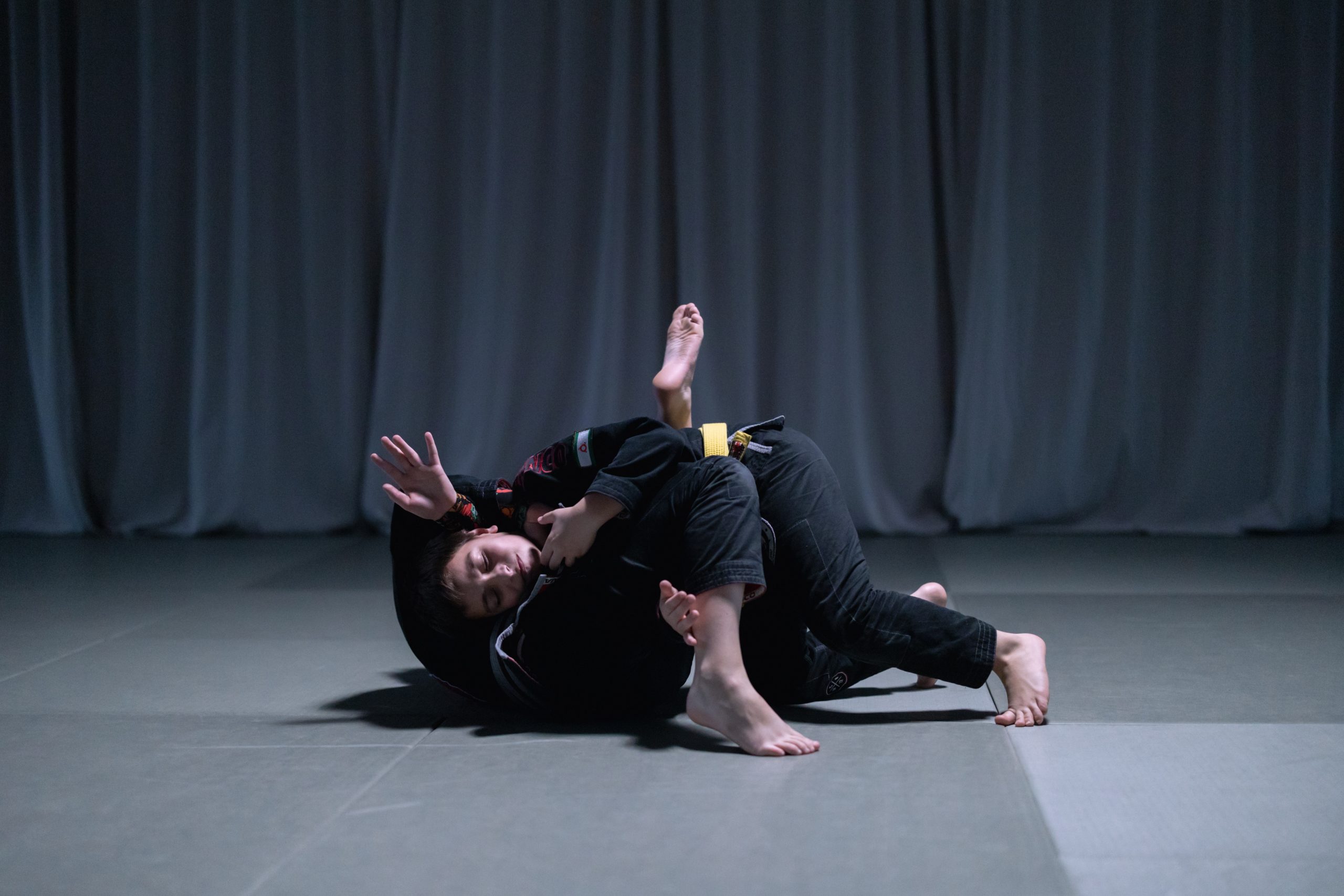Martial arts, a discipline that transcends mere physical activity, has been practised for centuries, serving as a path to physical fitness, mental fortitude, and self-defence skills. Sydney, a vibrant city known for its diverse culture and active lifestyle, is home to numerous martial arts schools and dojos. Whether you’re a seasoned martial artist or a beginner eager to start your journey, it’s crucial to prioritise safety in this physically demanding practice.
1. Choose the Right Martial Arts School
The first step in ensuring your safety while practising martial arts in Sydney is selecting the right school or dojo. Take your time to research and visit various facilities. Look for schools that have experienced instructors and a strong emphasis on safety protocols. Reading online reviews and talking to current students can provide valuable insights into the school’s culture and safety measures.
2. Proper Warm-up and Stretching
Warming up is a fundamental aspect of any physical activity, and martial arts is no exception. Before engaging in any training, dedicate time to warm up your muscles and joints. This can include light jogging, jumping jacks, and dynamic stretching exercises. Proper warm-up prepares your body for the intensity of martial arts practice, reducing the risk of injuries.
3. Wear Appropriate Gear
Safety gear is designed to protect you during martial arts training. Depending on the discipline you’re practising, this gear may include headgear, mouthguards, gloves, shin guards, and more. Always wear the appropriate protective equipment and make sure it fits properly to provide the best protection.
4. Focus on Technique
One of the most important aspects of martial arts is mastering proper technique. Emphasise form and precision over raw power. Correct technique not only enhances your effectiveness but also reduces the risk of injury to yourself and your training partners.
5. Listen to Your Body
Your body is your best indicator of when to push harder and when to take it easy. Don’t ignore pain or discomfort during training. If something doesn’t feel right, take a break and consult with your instructor or a healthcare professional if needed. Pushing through injuries can worsen them and prolong your recovery time.
6. Communicate with Your Instructor and Training Partners
Open communication is key in martial arts. If you have any concerns about your safety or the safety of others during training, don’t hesitate to speak with your instructor. They can provide guidance and make necessary adjustments to your training regimen. Additionally, always be respectful and considerate of your training partners, ensuring that you both prioritise safety during sparring or drills.
7. Hydration and Nutrition
Proper hydration and nutrition are often overlooked but are essential for maintaining safety and optimal performance in martial arts. Drink enough water before, during, and after training to prevent dehydration. Fuel your body with balanced meals to provide the necessary energy for your workouts.
8. Be Mindful of Your Surroundings
In a bustling city like Sydney, martial arts classes can take place in various locations, from dedicated dojos to open-air parks. Be mindful of your surroundings and any potential hazards. Ensure that the training area is clean and free of obstacles to minimise the risk of accidents.
9. Regular Health Check-ups
Routine health check-ups are crucial, especially if you’re engaged in intense physical training. Regular visits to your healthcare provider can help identify and address any underlying health issues that might affect your training or safety.
10. Respect the Martial Arts Code
Lastly, remember the core values of martial arts, including respect, discipline, and humility. These principles not only make you a better martial artist but also contribute to a safer and more inclusive training environment for everyone.

Practising martial arts in Sydney can be a rewarding and fulfilling experience, but it should always be done with safety as a top priority. Choosing the right school, wearing proper gear, focusing on technique, and maintaining open communication are all essential steps to ensure your safety on this martial arts journey. By following these guidelines, you can fully enjoy the benefits of martial arts while minimising the risks.



